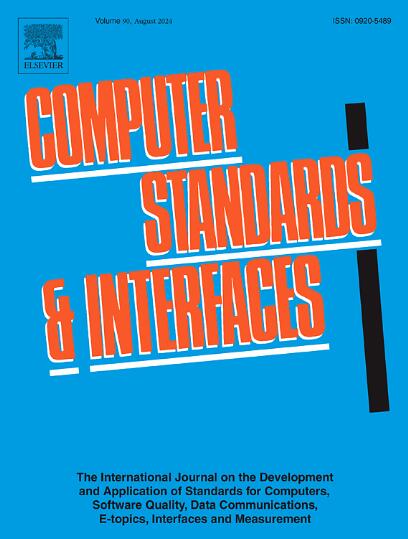Harnessing generative AI for personalized E-commerce product descriptions: A framework and practical insights
IF 3.1
2区 计算机科学
Q1 COMPUTER SCIENCE, HARDWARE & ARCHITECTURE
引用次数: 0
Abstract
The role of electronic commerce (e-commerce) in the global economy has been steadily increasing, highlighting the benefits of business digitization for flexibility and resilience in response to environmental changes. Among emerging trends, the integration of artificial intelligence (AI) and machine learning is particularly notable, especially the application of large language models to personalize user interactions throughout the customer journey. A promising future direction is the use of generative AI to create customized e-commerce product descriptions for personalized, multivariant user interfaces. To validate this approach, a framework and metrics are proposed to assess the impact of segment-specific information on generated text. This led to the positioning of AI-generated content within a multivariant user interface architecture and the adaptation of a cosine similarity measure to evaluate text differentiation. The findings confirmed that the specific characteristics of e-commerce customer clusters enable generative AI to produce significantly distinct product descriptions. While differences were not statistically significant in 26.7% of cases, full differentiation was achieved for descriptions of sufficient length.
利用生成式人工智能进行个性化电子商务产品描述:一个框架和实践见解
电子商务在全球经济中的作用稳步上升,凸显了商业数字化对应对环境变化的灵活性和弹性的好处。在新兴趋势中,人工智能(AI)和机器学习的集成尤其引人注目,特别是在整个客户旅程中应用大型语言模型来个性化用户交互。一个有前途的未来方向是使用生成式人工智能为个性化、多变体的用户界面创建定制的电子商务产品描述。为了验证这种方法,提出了一个框架和指标来评估特定片段信息对生成文本的影响。这导致人工智能生成的内容在多变体用户界面架构中定位,并采用余弦相似性度量来评估文本差异。研究结果证实,电子商务客户集群的特定特征使生成式人工智能能够产生显著不同的产品描述。虽然在26.7%的病例中差异无统计学意义,但在足够长度的描述中实现了完全分化。
本文章由计算机程序翻译,如有差异,请以英文原文为准。
求助全文
约1分钟内获得全文
求助全文
来源期刊

Computer Standards & Interfaces
工程技术-计算机:软件工程
CiteScore
11.90
自引率
16.00%
发文量
67
审稿时长
6 months
期刊介绍:
The quality of software, well-defined interfaces (hardware and software), the process of digitalisation, and accepted standards in these fields are essential for building and exploiting complex computing, communication, multimedia and measuring systems. Standards can simplify the design and construction of individual hardware and software components and help to ensure satisfactory interworking.
Computer Standards & Interfaces is an international journal dealing specifically with these topics.
The journal
• Provides information about activities and progress on the definition of computer standards, software quality, interfaces and methods, at national, European and international levels
• Publishes critical comments on standards and standards activities
• Disseminates user''s experiences and case studies in the application and exploitation of established or emerging standards, interfaces and methods
• Offers a forum for discussion on actual projects, standards, interfaces and methods by recognised experts
• Stimulates relevant research by providing a specialised refereed medium.
 求助内容:
求助内容: 应助结果提醒方式:
应助结果提醒方式:


